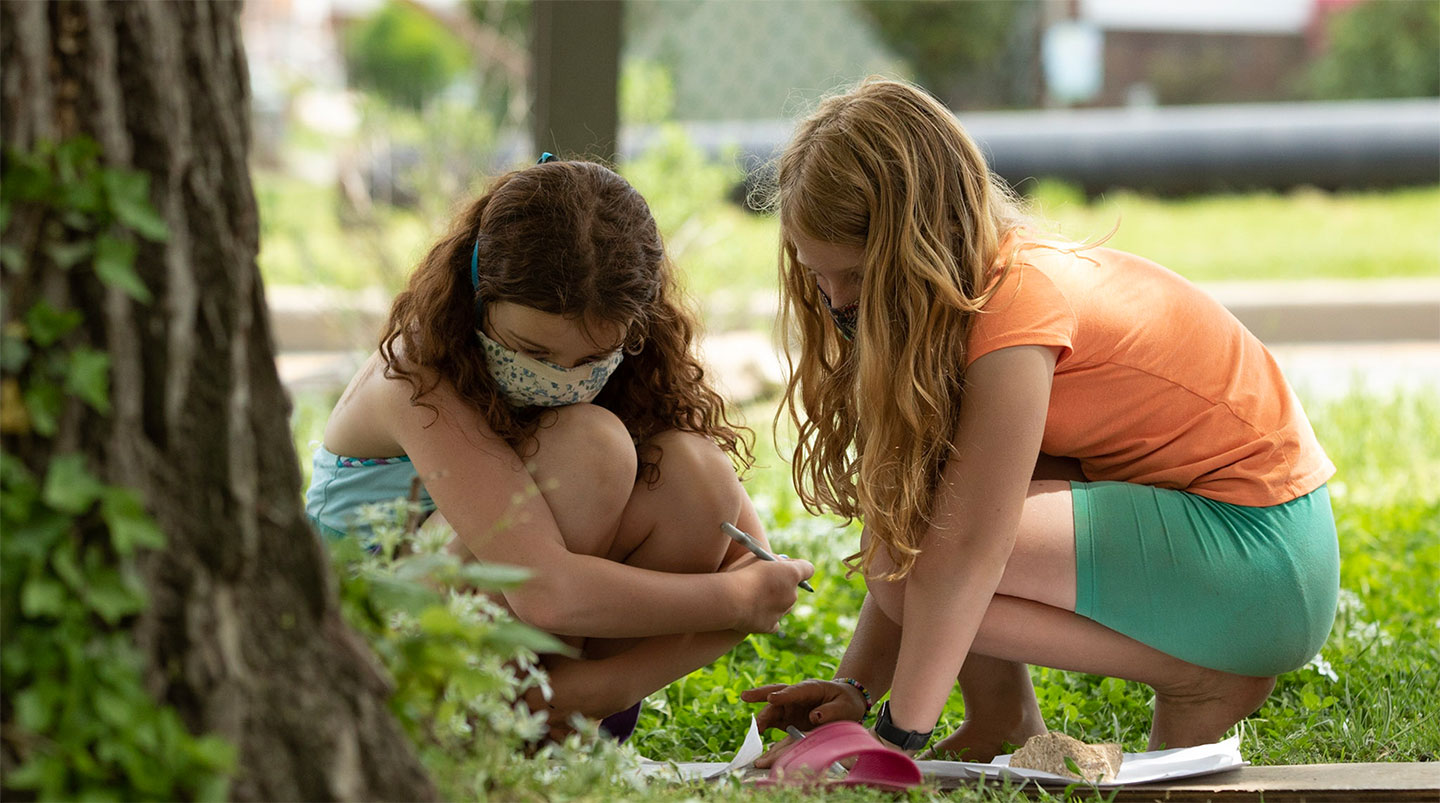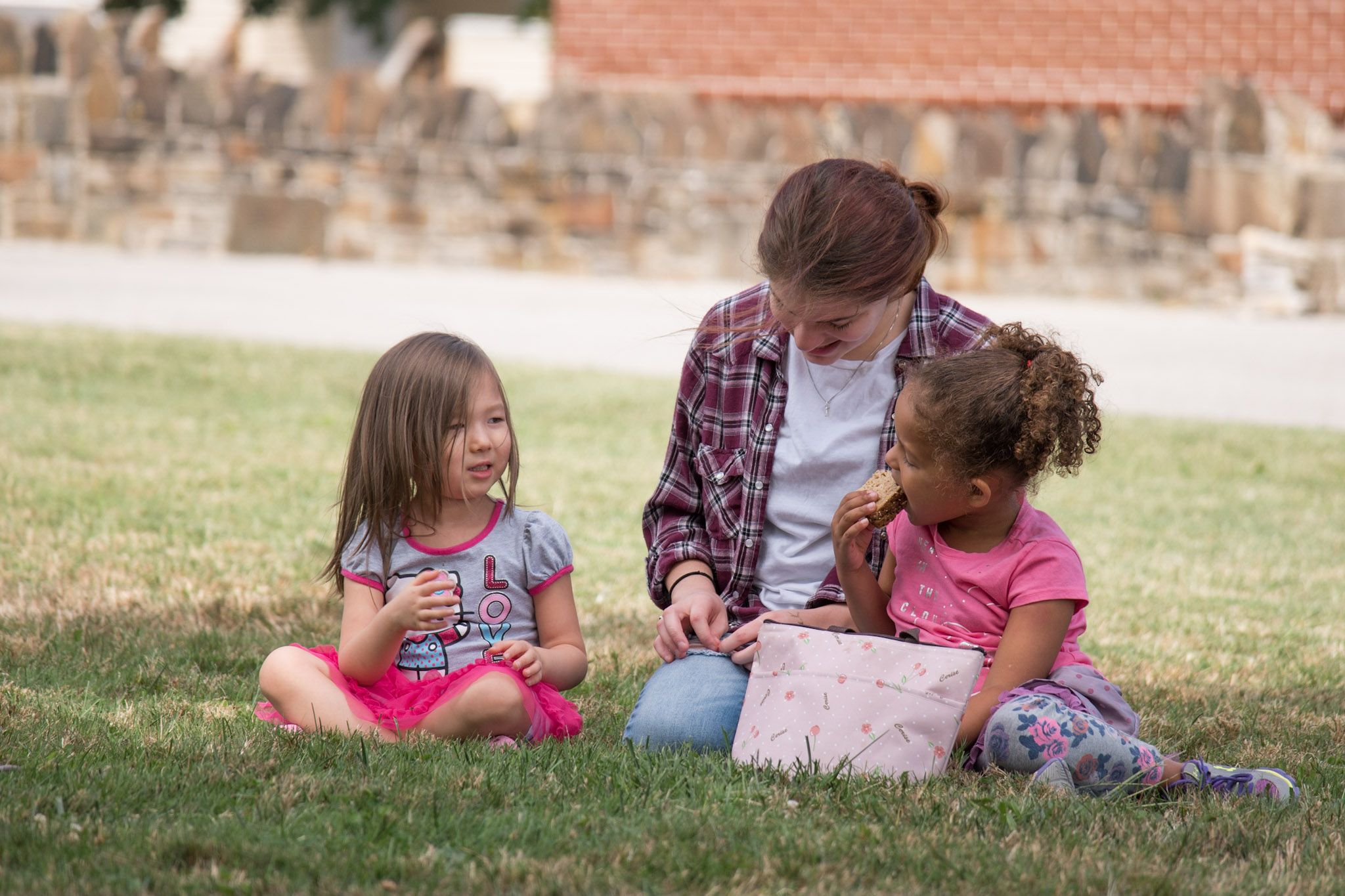Arts & Ideas believes that children are equally deserving of the respect and trust that adults experience in this country. When the inalienable rights to life, liberty, and the pursuit of happiness are extended to children, responsible choices arise from the sense of duty that the power naturally entails.
As such, students and staff make the rules and manage day-to-day activities together. Students and staff have equal democratic access to draft and amend rules, take part in supporting those rules, and share in the administration of conflict resolution and judicial processes. Placed in a community, children are as conscientious and compassionate with their entrusted authorities as we hope adults are.
Charged with the responsibility to make meaningful decisions for themselves and the wider community, children rise to the occasion.




